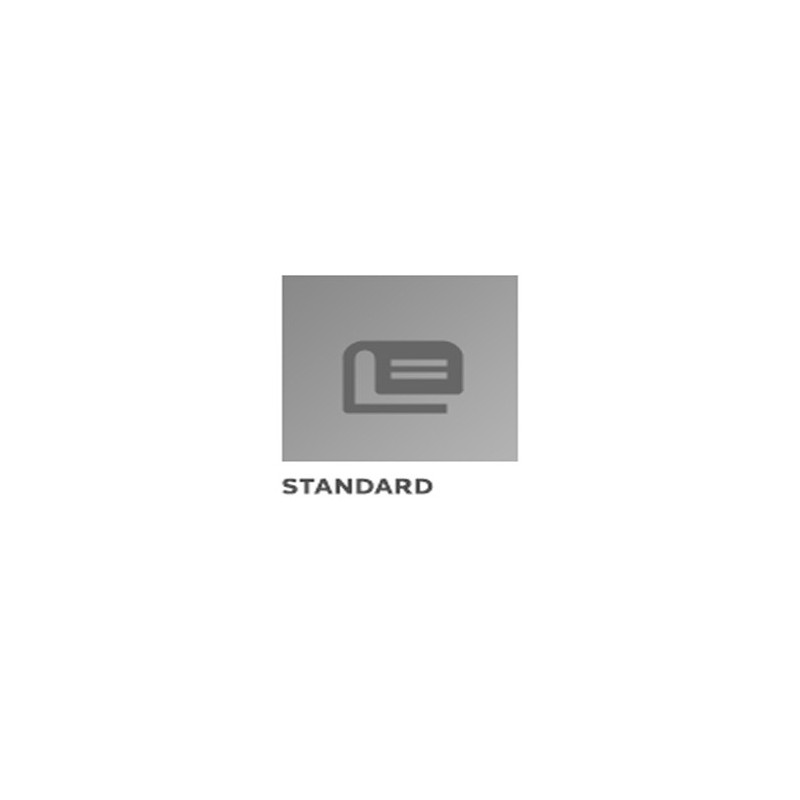Description / Abstract:
This SAE Standard presents the minimum requirements for nonmetallic
tubing with one or more layers
manufactured for use as liquid-carrying or vapor-carrying component in
fuel systems for gasoline,
or alcohol blends with gasoline. Requirements in this document also
apply to monowall tubing (one
layer construction). When the construction has one or more layers of
polymer-based compounds in the
wall, the multilayer constructions are primarily for the purpose of
improvement in permeation
resistance to hydrocarbons found in various fuels. The tube
construction can have a straight-wall
configuration, a wall that is convoluted or corrugated, or a
combination of each. It may have an
innermost layer with improved electrical conductivity for use where
such a characteristic is
desired. The improved electrical conductivity can apply to the entire
wall construction, if the
tubing is a monowall. (For elastomeric based MLT constructions, refer
to SAE J30 and SAE J2405).
Unless otherwise agreed to by suppliers and users this document
applies to tubing for any portion
of the fuel system that might operate continuously at temperatures
above −40 °C and below
90 °C and up to a maximum working gage pressure of 450kPa. The
tubing can be used at the peak
intermittent temperature up to 115 °C.
This document can apply to systems that operate at higher pressures
and/or are exposed to higher
temperatures. For higher pressures, the acceptance criteria of section
7.2 must be correspondingly
changed. For higher temperatures, the acceptance criteria of sections
7.2 and 7.14 remain the same,
but apply at the higher temperature. The selection of higher
temperatures and pressures that could
be used for this document would be the decision of the end user and
supplier of the specific
fuel/fuel vapor system in question.
There are three types of tubing covered by this specification, based
on the type of application for
which the tubing is intended to be used:
• High pressure, liquid fuel line is tubing that handles liquid
fuel at pressures up to 450
kPa pressure, and can handle the maximum pressure requirements
identified in sections 7.1 and 7.2.
These are typically the smaller diameter tubes identified in Table A1.
• Low pressure, liquid fuel line is tubing that is regularly
exposed to liquid fuel, but is
subjected to pressures that are under 50 kPa (e.g. fuel filler pipes).
These are typically the
larger diameters identified in Table A1.
• Fuel vapor tubing is tubing that handles fuel in vapor form or
some liquid condensed from
vapor, and operates at a working gauge pressure that does not exceed
20 kPa.
In some cases, a distinction is made in the criteria that apply to
tubing used to carry liquid fuel
compared to tubing used to carry fuel vapor. These are identified
separately in each section.


